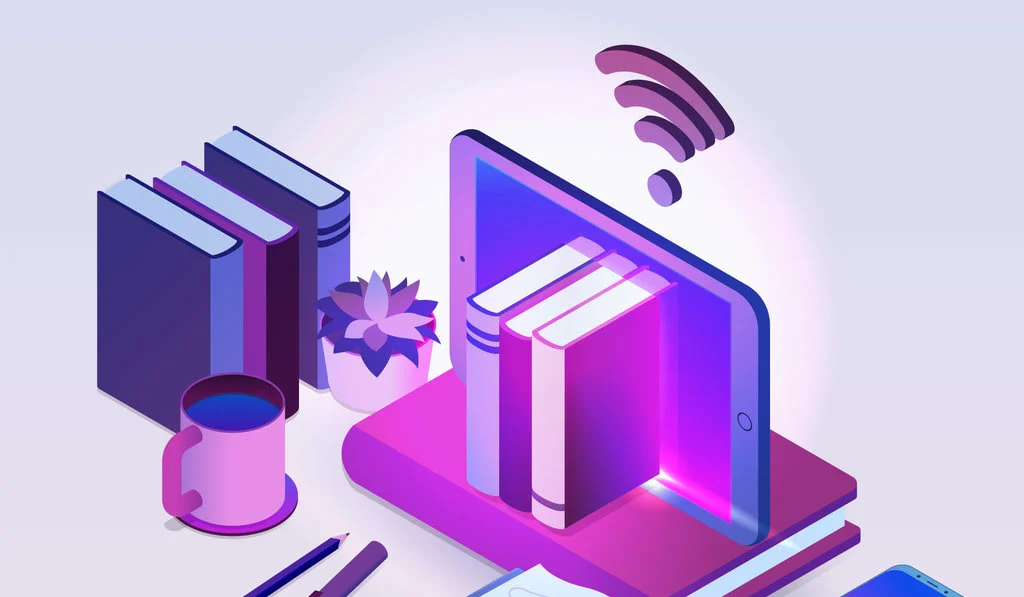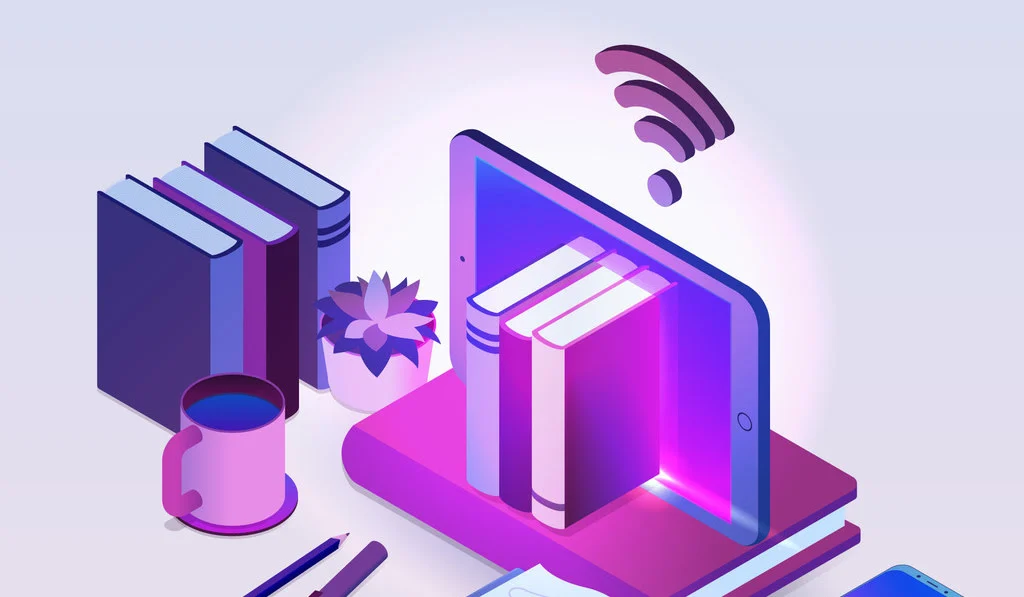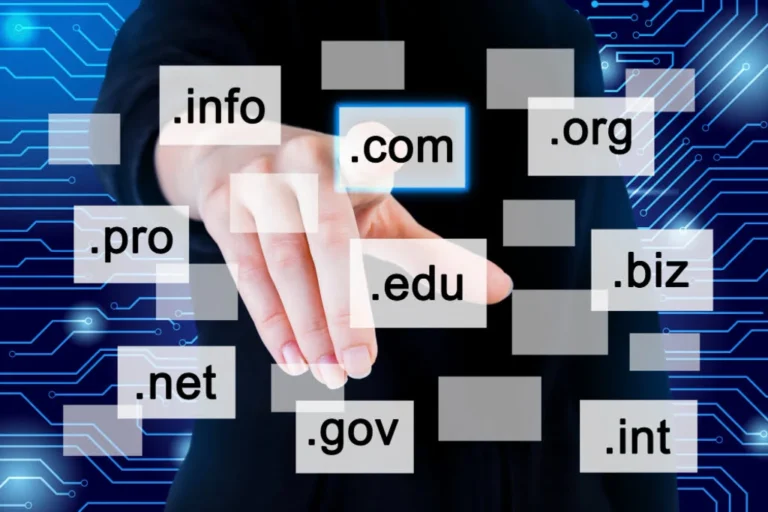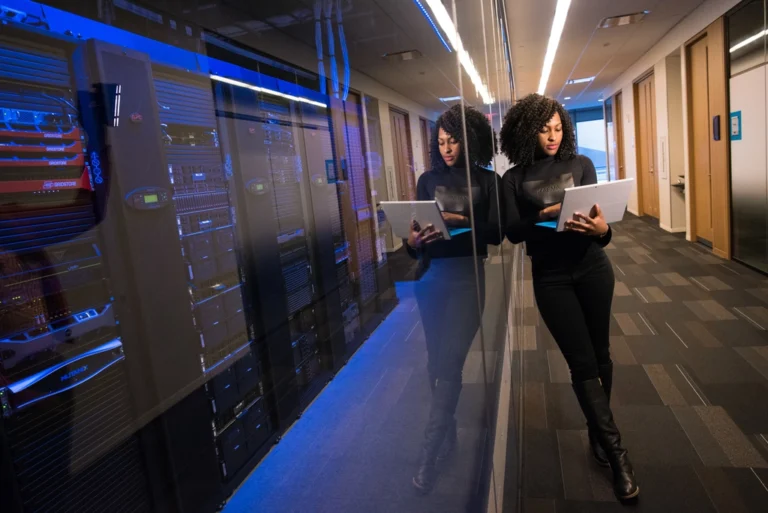Tech-Savvy Textbooks: The Future of Digital Learning Resources for College Students
In the evolving landscape of higher education, the transition from traditional textbooks to digital learning resources represents a significant shift in how college students access and engage with academic content.
This transformation is not merely about replacing physical books with digital files but about reimagining the educational experience to better suit the needs and habits of today’s tech-savvy students. The move toward digital resources reflects a broader trend in education technology, aiming to make learning more accessible, interactive, and personalized.

Students now, more than ever, are looking for efficient and effective ways to manage their academic responsibilities, from handling complex assignments to preparing for presentations. In this context, the notion of using a writing service to do my PowerPoint presentation becomes more than a convenience. It signifies the growing demand for tools and services that can support students’ diverse learning needs.
Digital textbooks, with their range of features beyond static text and images, are at the forefront of this educational revolution, offering new ways to study, collaborate, and absorb information.
Advantages of Digital Textbooks
Accessibility and Portability
One of the most significant benefits of digital textbooks is their unparalleled accessibility. Students have the convenience of carrying an entire library’s worth of textbooks on a single laptop or tablet, enabling access anytime and anywhere. This remarkable portability eliminates the daunting physical burden of carrying heavy books and ensures that essential resources are readily available with just a click, whether in the classroom, at a café, or during travel, making the learning process seamless and boundless.
Enhanced Learning Features
Digital textbooks are revolutionizing education with their interactive features, including embedded videos, hyperlinks to additional scholarly resources, and interactive quizzes that cater to diverse learning preferences. These dynamic features not only enhance students’ understanding by providing varied ways to engage with the material but also cater specifically to visual learners through diagrams and animations that clarify complex concepts. The inclusion of built-in assessments offers real-time feedback, which is crucial for helping students pinpoint areas needing improvement and tailor their study strategies accordingly.
Cost-Effectiveness and Sustainability
The economic advantages and environmental sustainability of digital textbooks make them an appealing alternative to traditional printed materials. By eliminating the need for printing, digital textbooks become significantly cheaper to produce and purchase, offering a more affordable option for students. Moreover, their digital nature supports environmental sustainability efforts by reducing the consumption of paper, ink, and the carbon footprint associated with the physical distribution of books, thereby promoting a greener approach to learning.
Challenges and Considerations
Navigating Digital Distractions
Although digital textbooks provide numerous educational benefits, they also introduce challenges, such as the potential for increased digital distractions. The devices that facilitate access to digital textbooks also offer temptations like social media, games, and various entertainment options, which can detract from study time. Cultivating self-discipline and utilizing applications designed to limit distractions are essential strategies for students to mitigate these challenges and maintain focus on their academic objectives.
Technical Issues and Accessibility Concerns
The reliance on digital textbooks necessitates consistent access to appropriate technology, which may not be available to all students, potentially leading to a digital divide. Ensuring that every student has access to the necessary hardware and reliable internet connectivity is a critical consideration for institutions transitioning to digital textbooks. Addressing these accessibility concerns is paramount to avoiding exacerbating educational inequalities and fostering an inclusive digital learning environment.
Adapting to New Learning Styles
The transition to digital learning resources requires both students and educators to adapt to innovative teaching and learning methodologies. While some students may find the adjustment from the tactile experience of physical books to screen reading challenging, educators play a crucial role in facilitating this transition. Offering comprehensive support and guidance on leveraging digital resources effectively is key to helping students navigate this new learning landscape and maximize the benefits of digital education.
The Future of Digital Textbooks
As technological advancements continue to accelerate, the potential for digital textbooks to redefine the educational landscape becomes increasingly evident. Anticipated future enhancements, such as more refined interactive elements, AI-driven personalized learning trajectories, and the integration of virtual and augmented reality, promise to further customize the learning experience to meet individual student needs. These forward-looking innovations have the potential to make education not only more interactive and engaging but also more adaptable to diverse learning styles and preferences, heralding a new era of digital learning excellence.
Conclusion
The move toward tech-savvy textbooks and digital learning resources is reshaping the landscape of college education, offering students innovative ways to access, interact with, and understand academic content. As this trend continues, the collaboration between technology providers, educational institutions, and students will be crucial in overcoming challenges and maximizing the benefits of digital learning. For students navigating this digital terrain, academic help services that can assist with academic tasks become part of a broader ecosystem of support, helping them to succeed in an increasingly digital academic world.







